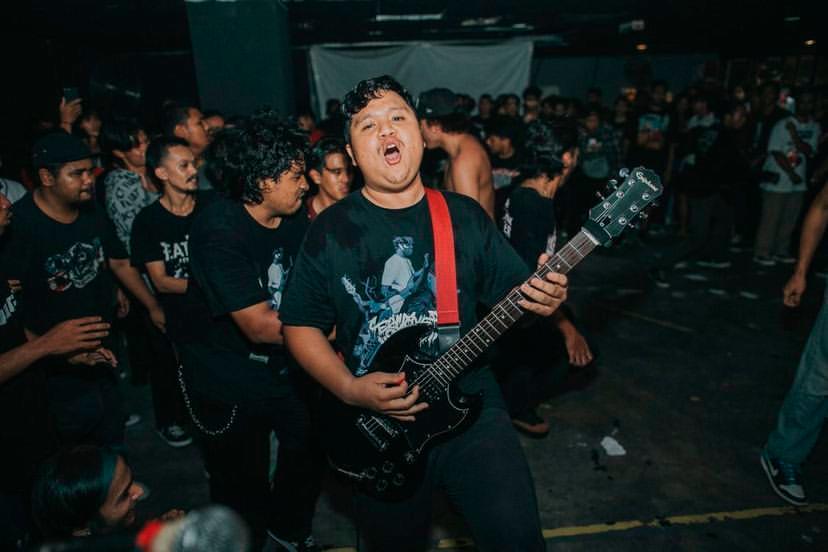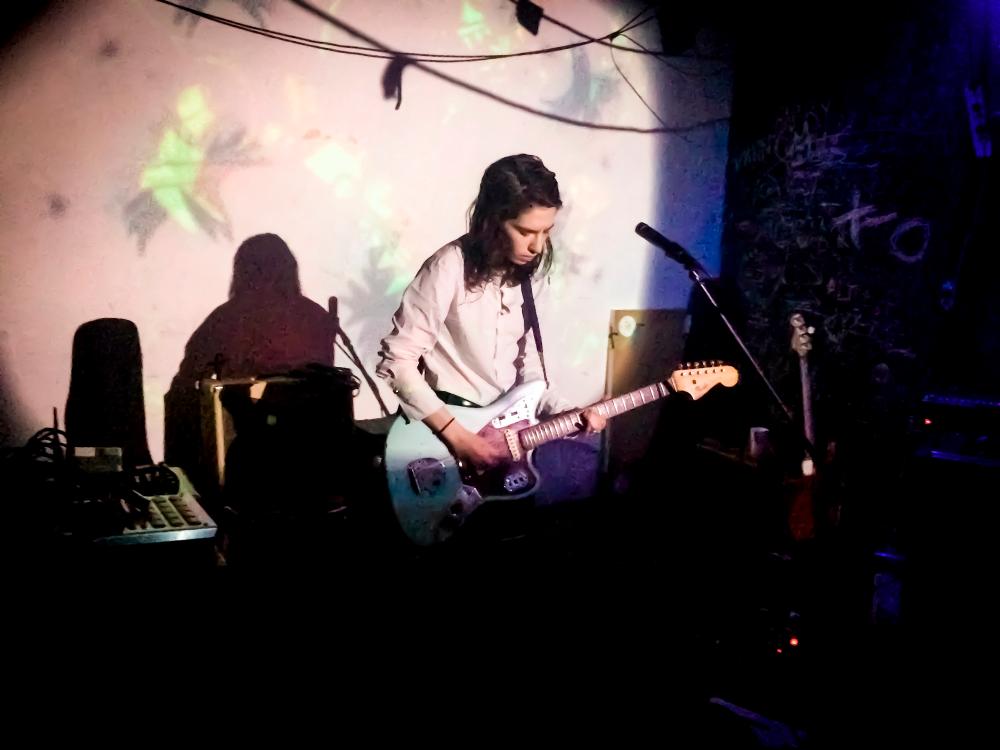THE way people listen to music has undergone a radical transformation ever since mass media began to dominate the industry. People can be seen gravitating toward pop songs, contemporary music, and modern, more innovative genres such as K-pop, which can be heard in practically every form of social media, including music streaming applications.
Despite all this, Malaysian underground music culture is a little-known phenomenon that few people have heard about. The well-established, specialised underground culture in Malaysia is known as the Malaysian independent (indie) or urban music scene, and saw its heyday in the late 1990s.
It is not difficult to pin down what exactly is meant by the term “underground music” these days. Musicians in the underground demand a great deal of creative freedom, and do not rely on the mainstream media too much.
In Malaysia, mainstream music refers to performers who have contracts with big record labels and make commercially popular music, while underground media is subculture-focused.
Underground music includes styles and subgenres rarely heard in popular music, whether pop, techno, rock, metal, or jazz.
The Malaysian underground scene is dominated by guitar-driven bands with a preference for rock music, but there are also other groups with a variety of musical influences, such as hip-hop, electronica, and dance, which may be heard on the scene.
The majority of musicians in this local scene are self-organised, DIY-focused bands or collectives that emphasise making, sharing, and enjoying music collectively.
Technology has made a big difference over the past two decades. Specialised websites and other online platforms abound in today’s digital world. This is where underground artistes can now market their albums, gigs, venues, and businesses by distributing them online, primarily on social media.

History
It was back in the mid-1980s that Anglo-American music and magazines like NME made their way to Malaysia and birthed a new generation of heavy metal and punk bands across the country.
The underground subcultures spread positive, equal social ideas that gave young Malaysians an alternative.
By the late 1990s, Kuala Lumpur’s now-historic Central Market had become a hub for a number of young, multi-ethnic Malaysian artists and musicians who were fed up with the increasingly conservative attitudes of the rural Malay countryside.
These first bands enjoyed the tail end of musical freedom in Malaysia, where the long-haired, ripped jeans-wearing “mat rockers” (Malay hard rock fans and musicians) like Search, and Wings (a Malaysian hard rock band) achieved great popularity in Malaysia in the 1980s.
They sold out numerous Kuala Lumpur stadiums with their blend of melodious European hard rock and Malay language songs, drawing fans from all kinds of backgrounds.
However, between 2001 and 2006, the tide changed. Fans of the genre were being called “Satanic black metal enthusiasts” by the increasingly vocal religious authorities, musicians were accused of “free adultery and desecration of the Quran,” and their music was put on mute.
To put it another way, the Malay media exaggerated what went on at music events, confiscating albums and cancelling concerts as a result of the hysteria.
As time passed, the genre began making its way back into the scene, albeit a lot more lowkey than before. That’s when notable rock groups such as Hujan and Meet Uncle Hussain emerged on the scene, once again intriducing the genre to a modern audience of fans.

Audience Acceptance
Even with the emergence of new technologies and the acceptability of materials in the way that music is performed, underground music and gigs continue to thrive. And what makes it special is that it was accepted by most people and changed for the better.
Aniq Ammar Ekhwan, the guitarist for Hayley’s Komet band, noted that underground performers aim to convey their thoughts and emotions, and that the same goes for the audience.
“In the past, people would only attend shows of their favourite genre [of music], but now the shows themselves consist of different genres and it all blends together,” he said.
“Here is where the concept of artistic equality is balanced and neutralised by the concept of harmony.”
Aniq believes that this type of healthy crowd support for underground events and culture will continue and that the future is bright if this freedom of expression continues to flourish.









